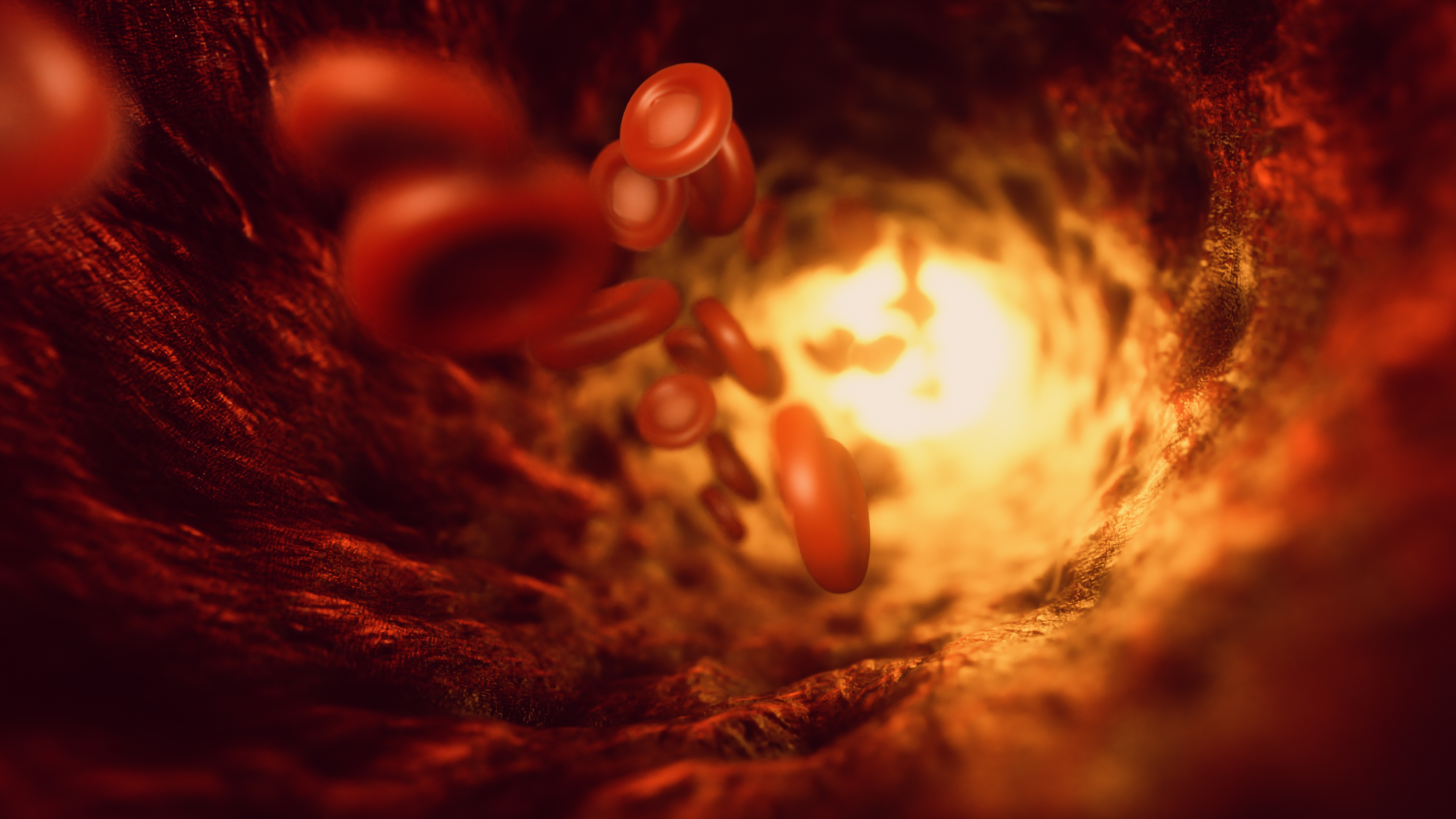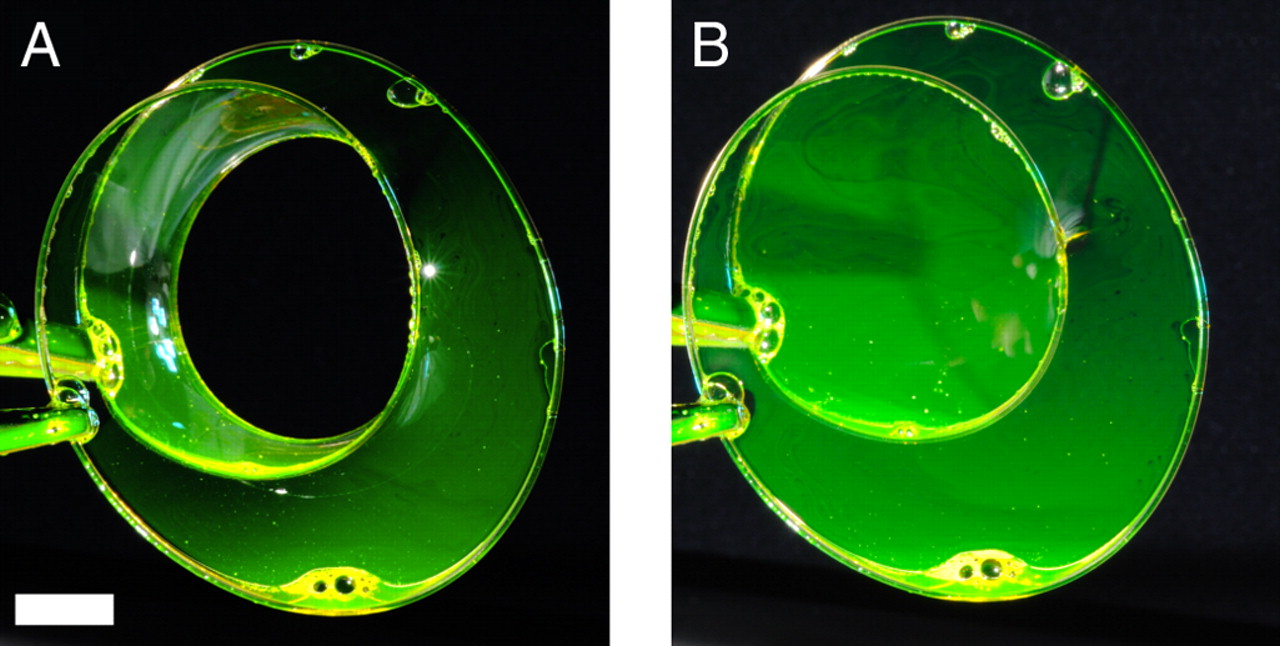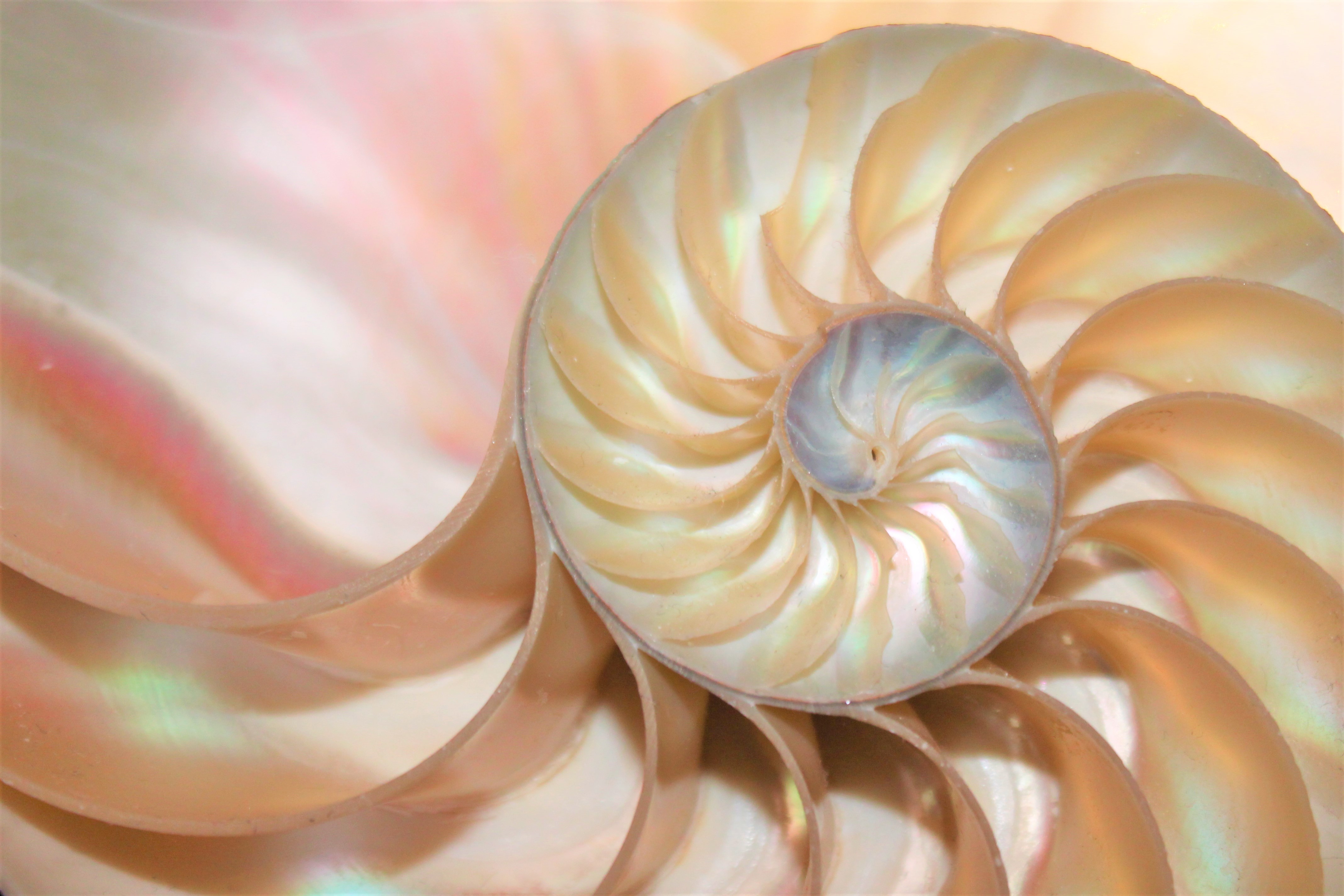Fluid mechanics has a very important part to play in biology. There’s a whole area described as biological fluid mechanics and physiological fluid mechanics, which is concerned with airflow in the lungs or flow of blood through the veins and arteries. It’s therefore very fundamental, and something that we need to understand in our attempts to combat disease.
Going down to the smaller scale, to the level of the human cell, viscose forces become of dominant importance. Inertia becomes totally negligible. Surface tension effects can also be very important. Some fascinating problems arise in that area. It’s an area that has developed under the title “microhydrodynamics” or even “nanohydrodynamics”, if one goes to extremely small scales. There’s been a lot of excitement in that area over the last 20 years or so.


